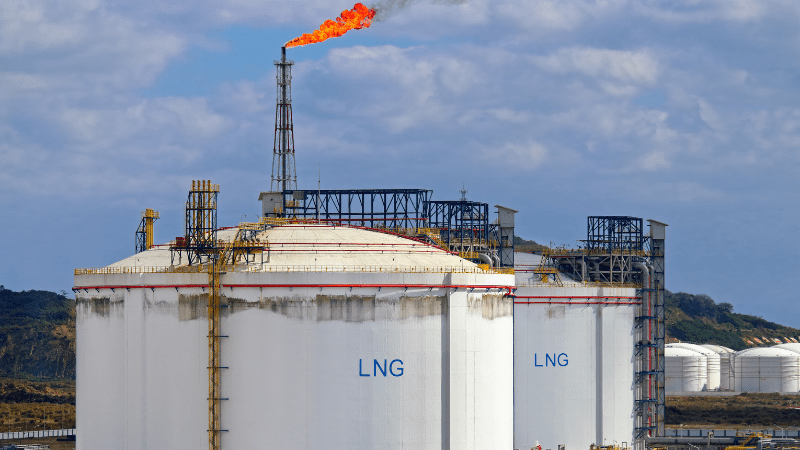… oil fell down and broke its crown, and gas came tumbling after”. We’re stealing from a popular children’s nursery rhyme about Jack and Jill, but in today’s energy market and financial environment our interpretation seems appropriate. Over the past six months oil prices have plummeted, with the past two months at an accelerated pace. The chart from InfoMine.com outlines the price for a barrel of Brent Sea crude. West Texas Intermediate, or WTI, the U.S. oil benchmark, fell to around $55.00/barrel on market close on December 22, 2014. Crude prices fell by 25% from mid-June to the start of October, but since then have fallen by another 33% roughly from beginning of October to the middle of December.
What is causing this abrupt and aggressive drop in the price of oil? We have heard that many believe it is the U.S. looking to cause financial pain to Russia for its illegal and deadly actions in Ukraine, from declaring the Crimean peninsula part of Russia, to providing military weapons and personnel to the terrorists in eastern Ukraine. Part of the above statement is true – the part where the U.S. has played a role in the current weakness in oil prices. But it is not due to actions directly targeting Russia.
U.S. Oil Production is Rising
After decades of falling oil production, the U.S. has recently ramped up oil production a tremendous amount, beginning to reach back to their historical high levels over the last ten years. U.S. oil production peaked in the late 1960s – early 1970s period at over 9 million barrels/day. From that period to 2005, oil production in the U.S. had been on a steady decline, falling to a low of less than 5 million barrels/day by 2005. However, with technological advances in opening up trapped oil and gas in shale plays, the oil production in the U.S. has grown materially.
By January 2014 US oil production had reached more than 8 million barrels/day production, while currently they broke the 9 million barrel/day mark for the first time since the early 1970s. The U.S. is now producing more oil than Saudi Arabia, making it the largest producer of oil in the world after Russia, who by the way have been increasing their oil production aggressively over the past 14 years, from 6 million barrels/day in 2000 to over 10 million barrels/day today.
Weak Oil Prices to Help Global Growth
Another argument about why the dramatic drop in oil prices has been linked to the efforts to stimulate global economic growth. China’s economy has slowed down significantly, barely over the mid-single digit GDP growth, far off the highs of 11% – 12% in the early 2000s. This slowdown has hurt their demand for raw materials in general, including oil. Look at the general collapse in commodity prices, which reflects the weaker state of Chinese economic growth. The argument about low oil prices being a tool to help stimulate global economic growth goes along the lines that all the countries who cooperate have been trying to stimulate economic growth where they can. The U.S. has provided massive financial stimulus, as have the Europeans, while the ball has now shifted into the middle east’s court, where lower energy prices will help improve corporate cost structures and lower the impact on consumer’s disposable income, providing a stimulus to demand growth and potentially job growth. This seems plausible, but would require more research to find direct evidence of this. With the recent OPEC meeting resolving nothing (those countries hurting most requested the Saudis to cut production, which they in turn refused), it appears that weak global demand combined with surplus production is taking its toll on oil prices.
Finally, with the Federal Reserve signalling an end to its monetary stimulus with its last purchases of financial assets in October 2014, while major market investors expecting interest rates to be hiked by mid to late 2015, much of the extended spike in oil prices could be attributed to excess financial liquidity chasing oil prices higher. With that liquidity drying up, less financial dollars are available to pursue oil futures, acting as an additional deflationary force on oil prices.
Even the Oil Companies Get It Wrong
Funny, just back on October 17, 2014 Reuters reported that Schlumberger Ltd., the world’s largest oilfield services company, expected that oil and gas spending would increase in 2015 as global oil demand was poised to rise. Schlumberger management stated that they saw global oil demand growing by 1.1 million barrels/day in 2015, matching the International Energy Agency’s (IEA) estimate for oil demand growth. The IEA had lowered their expectations for 2015 growth from 1.4 million to 1.1 million. At that time oil prices were around $87/barrel for Brent crude, while now it is $62/barrel. One suspects that the lower oil prices may be indicating demand for oil will be revised lower again by the beginning of 2015.
Michael Zienchuk, MBA, CIM
Investment Advisor, Credential Securities Inc.
Manager, Wealth Strategies Group
Ukrainian Credit Union
416-763-5575 x204
[email protected]
www.ukrainiancu.com
Mutual funds and other securities are offered through Credential Securities Inc. Commissions, trailing commissions, management fees and expenses all may be associated with mutual fund investments. Please read the prospectus before investing. Unless otherwise stated, mutual funds and other securities are not insured nor guaranteed, their values change frequently, and past performance may not be repeated. The information contained in this article was obtained from sources believed to be reliable; however, we cannot guarantee that it is accurate or complete. This article is provided as a general source of information and should not be considered personal investment advice or solicitation to buy or sell any mutual funds and other securities. The views expressed are those of the author and not necessarily those of Credential Securities Inc.®. Credential is a registered mark owned by Credential Financial Inc. and is used under licence. Credential Securities Inc. is a Member of the Canadian Investor Protection Fund.
Share on Social Media



































